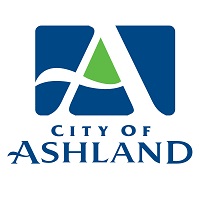
City of Ashland, OR
Ashland is a city in Jackson County, Oregon, United States, near Interstate 5 and the California border, and located in the south end of the Rogue Valley. It was named after Ashland County, Ohio, point of origin of Abel Helman and other founders, and secondarily for Ashland, Kentucky, where other founders had family connections. It officially became a town with the name Ashland Mills in 1855. As of the 2000 census, the city had a total population of 19,522. The 2007 estimate is 21,630 residents.[3] It is the home of Southern Oregon University and the internationally renowned Oregon Shakespeare Festival.